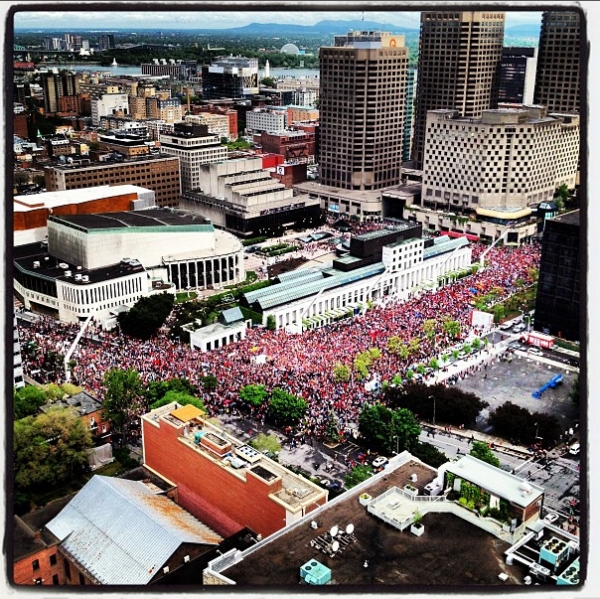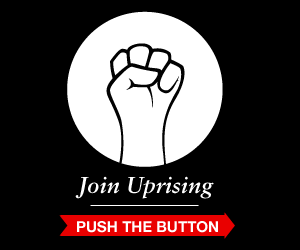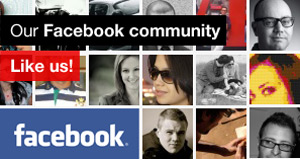What marketers can learn from the largest act of civil disobedience in Canadian history
Posted on 24th May 2012 by Scott Goodson in Blog
Uprisings: they’re all the rage these days. We are living in the age of movements as I have declared in my new book Uprising. And now, just in time for summer, the Americas have a new Uprising underway, which keeps on growing and growing. I suspect that its effects will be felt in the United States in more ways than one.
What happened? Students in Montreal Canada started protesting a tuition increase for Canadian universities. A hardcore group of students on strike declared that college and university should be free. The government said no. This led to protests. Every good movement needs fuel for the fire and the initial provocation led to a heavy handed attempt to make the protests illegal by the government, followed by parents joining in with the kids. Schools have been closed. Bridges crossing the St Lawrence have been occupied. And millions of people are passionately engaged. The students have declared that they are planning to block the up-and-coming Grand Prix.
Most of the students are like the general population, they are moderates and pacifists and only a small group are leading this movement – but it has the entire city involved.
Yesterday massive crowds flooded downtown Montreal, marking the 100th day of the Montreal Uprising which has thrust Montreal into the global movement spotlight.
Global News reported that related events were organized in New York, Toronto, Calgary and Vancouver. In France, a few hundred congregated near Paris’ famous Notre Dame Cathedral, where people waved flags in a crowd that included many Canadians from Quebec, some of whom had brought their own signs, like one that read: “Quebec is becoming a dictatorship.” There were two demonstrations scheduled in New York — one at Rockefeller Plaza where Quebec government offices are located, and another at Washington Park later in the day.
What’s hard to believe is how quickly and how massively this uprising spread among students and then, beyond to millions of Montrealers. The Montreal Uprising is like a Rorshach test—people look at it and see different things. Sylvie Hamel, Montreal resident told me that “It’s not about tuitions anymore. It’s a melting pot of things which all Montrealers have been feeling, and the student strike was a lightning rod. Now movements are starting more and more because people here are fed up. There are a lot of people against the students and on the other side come cheering them on. But every night the students block the streets which is causing a backlash in social media. It’s out of control.”
But I look at this unfortunate situation and I see something else, something you probably wouldn’t expect to hear. In this Canadian uprising, 20 minutes from the US border, I see the possible future of marketing.
Why do I see that? Probably because I’m both a student of movements and a marketer—which means I’m looking at Montreal through an unusual bifocal lens. As a student of movements, this one is very well conceived and executed, powerful in its message, and extremely effective at rallying people to believe in an idea and take action to support that idea. It is trying to drive a change.
And as a marketer, I can’t help wondering: Will consumers be inspired increasingly to stand up against corporations and spark brand backlashes? And if so, what should companies do to prepare for this? And, what if brands could align themselves with ideas and movements as powerful as this one? That may sound like a far-fetched notion, or maybe even an inappropriate one. After all, movements are supposed to originate from the grassroots, and they’re supposed to take on worthy social or political causes—so what does any of that have to do with marketing?
By sticking your head in the sand and hoping that you aren’t the target of a brand backlash, you run the risk of creating a status quo brand in a revolutionary world. Movement marketing can help a company align with millions of people before the backlash happens.
Marketing is about making people aware of brands—and beyond that, encouraging people to care about those brands on some level. As we all know, marketers align themselves with popular entertainment (sponsoring shows with ads) and occasionally with forms of art. Marketers even sometimes get behind worthy causes by sponsoring charities. But movement marketing is a relatively new—one that’s just starting to take hold and grow. The idea is for a brand to discover an issue or idea that really matters to consumers, then help build a movement behind that idea. This is how brands need to think today.
But I want to get back to Montreal, because I think it offers some great lessons on movement building. The people behind this phenomenon were working with a wrong which they wanted to right—involving something that’s important to students (the cost of tuition) but not necessarily important to most people’s lives. Given the subject, you wouldn’t think this would become such incredibly popular uprising engaging millions of people, who aren’t students, would you?
But it did, and I think it’s because people are hungry right now for stories and issues that have real substance. If you can find something that people can feel passionate about, it’s the first step in breaking through to people.
People are also looking to get involved; there’s an activist spirit out there now, frustrations and passions and Montrealers have tapped into this. The people behind this movement created pulpits to tell everyone about an injustice. They provided concrete ways for people to take action (which is one of the keys to launching a movement). Once they did this, the power of social media took over and did the rest. This is the power of movements today—if you can launch one, and give it a little momentum at the start, it’s liable to spread like wildfire because people today are so able and eager to share whatever it is they feel passionate about. Facebook is the new pitchfork in this age of uprisings.
There are lots of Montreal like stories out there, waiting to be told. They’re not all student protests that have sparked a social movement against a sitting goverment ; some may be uplifting. They may be happening halfway across the world or closer to home. Marketers have the resources and clout to explore some of these stories and issues themselves, or to fund talented storytellers (and there are a lot of them out there) who can bring these ideas to life. The key here is in finding ideas that people can feel passionate about—ideas that folks can rally around. Those ideas can form the basis of a movement.
A few caveats here: Marketers entering this domain must have some integrity and some guts. Movement marketing works best when it’s done with honesty and openness. The Montreal uprising igniters can attest to how much scrutiny this kind of storytelling is subject to; people will question the agenda of any marketer getting involved in telling real stories or tackling real issues. So only get involved with stories you genuinely believe in and care about. And be straight with people.
I think marketers are going to need to move in this direction to connect with people in a deeper, more meaningful way—beyond the tired salespitches and fluffy commercials.
Image by Philmphoto
blog comments powered by Disqus








